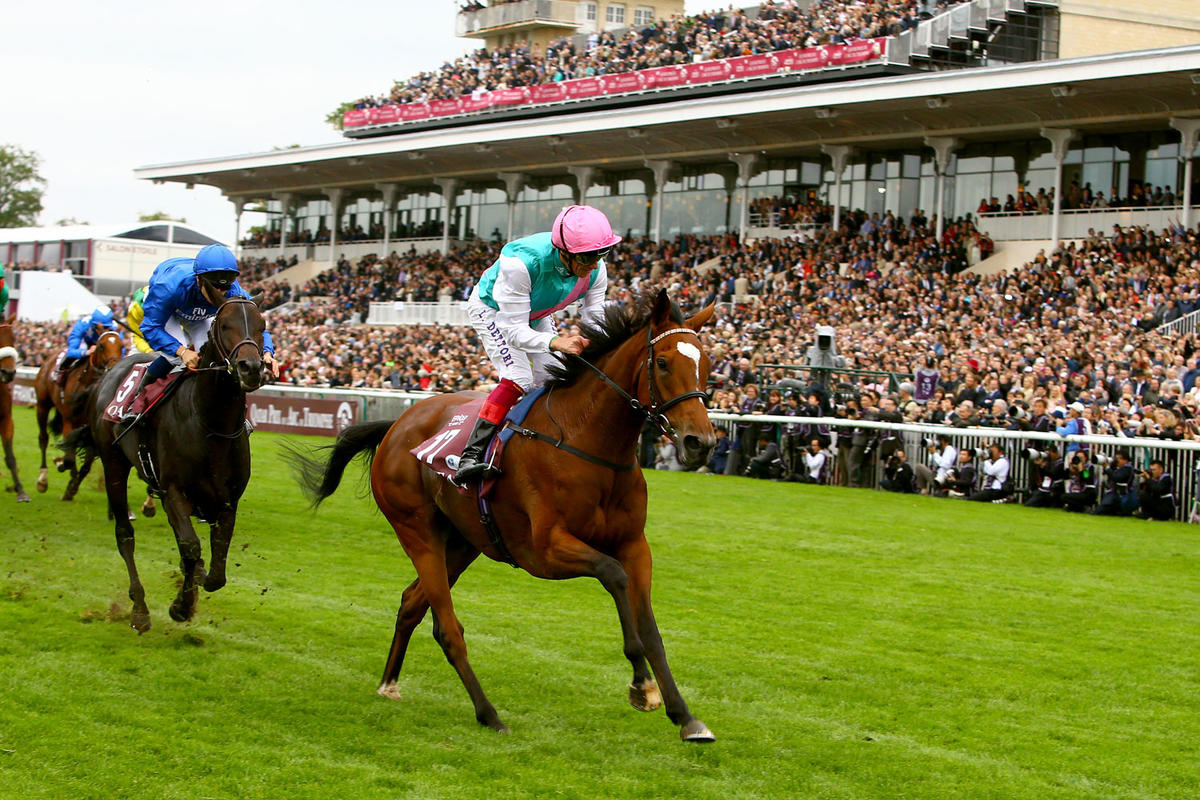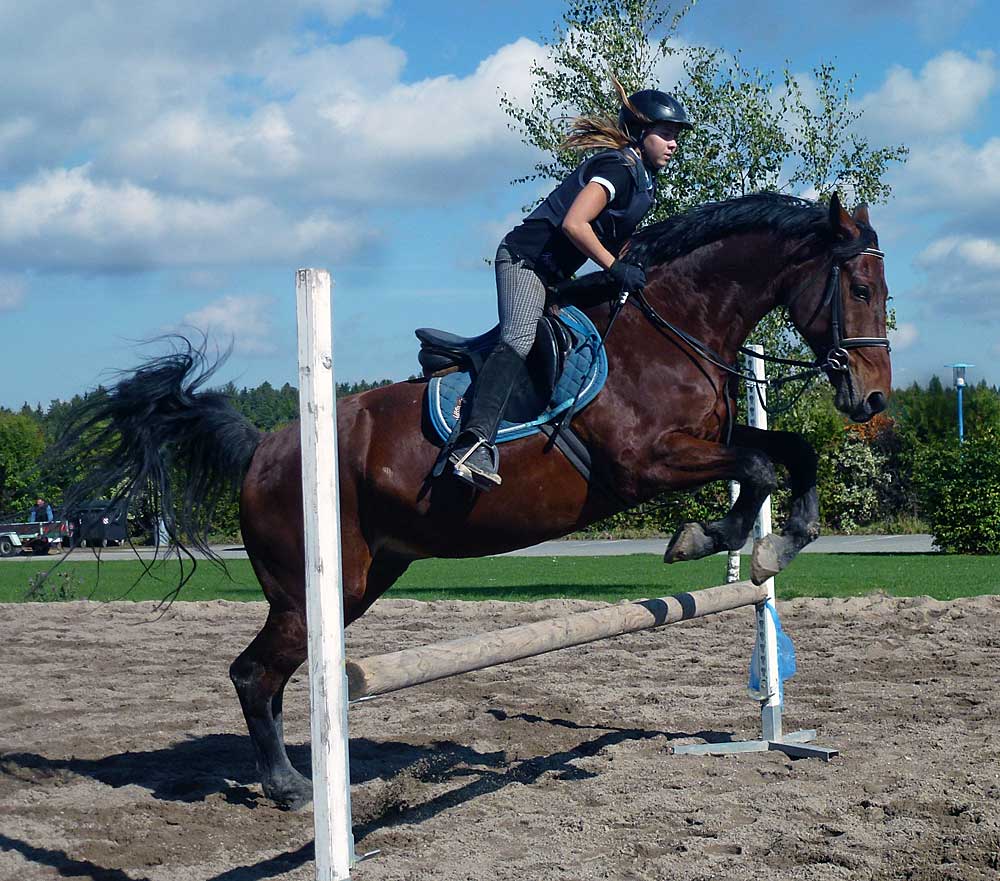There are three types of races: smooth, barrier and steeplechase.
Smooth races are open to young horses from the age of two, practically from the first months of their rides (i.e. from the moment they feel the rider for the first time). The distance in different countries varies from 1 to 3 km and runs on level ground. In the U.S. they are divided into several other types.
- For young and not-so-young horses who have not yet had any victories – “Maiden”.
- A race for the purpose of selling. In fact, the horse is sold before the start of the race for an agreed price, which does not change after the finish – this is “claymation”, Applicant.
- Horses who have won the Maiden Race, but do not yet qualify for a higher class of competition, participate in “allowance”. Allowance. Usually there are different conditions for participation. For example, only one win in a lifetime, or a loss in the last three attempts.

Handicap
Handicap – a competition in which the horses try to equalize by additional weight. It is not easy to find horses of the same level for a race, and by putting a small weight on someone’s saddle one tries to put participants in equal conditions. Sometimes there is a separate betting race where each participant pays a certain amount of money and the winner takes it all.
The barrier races are longer
The barrier races are longer – up to 3 km, and the horses in them are older, for the young such a load is still superfluous. As the name implies, there are hurdles along the track, hurdles made of twigs and rods, they easily fall from the horse’s push and do not pose any health hazard. In contrast to the show jumping, here the barrier is long, about 12 meters, for the entire racetrack, and almost the same height, about one meter.
Steeplechase
Steeplechase is the most traumatic type of racing. It involves more mature (from 4 years) and hardy horses, the distance can be up to seven kilometers (!), which requires an accurate calculation of strength and speed. There are also obstacles, but “dead”, i.e. massive, heavy, from logs or fixed poles, there is almost always a ditch with water. Often steeplechase involves horses who have not achieved good results in their youth on smooth races.
Speaking of horse racing, there is also talk of fashion. One of the obligatory attributes of races abroad is a hat for women. In England and set a dress code for visitors – no frank dresses, sportswear with a visible brand, obligatory hat for women, suit and hat for men. At the most prestigious races there are also contests for the best, original hat, the most stylish outfit, the most beautiful couple. At Royal Ascot, bets are taken on the color of the Queen’s hat.

By the way, horse racing is the second-largest betting sport in the world.
In this sport, as in others, there are anti-doping rules and their violators – sometimes horses are given banned drugs. It may happen that the jockey is asked to “hold” the favorite, sometimes bypassing the owner. It is unethical for two reasons: in relation to the audience and to the horse which was brought up with the will to win, and a forced loss may influence its behavior in the future competitions. Of course, such cases are strictly punished, participants are disqualified and fined.
Horse racing is often a real holiday, where there is a place for concerts, fireworks, food courts and other entertainment events. It is one of the most expensive kinds of equestrian sport, and at the same time very much preserves the spirit of aristocracy, often gathering the whole color of society.
